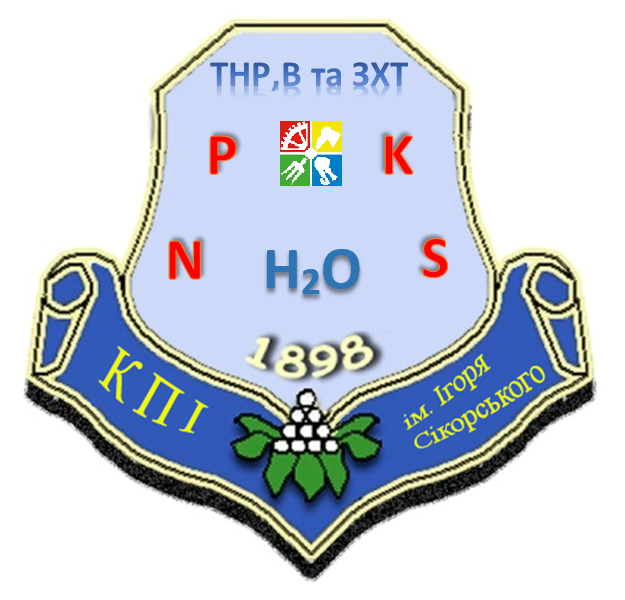Production of magnesium hydroxide from magnesium silicate for the purpose of CO2 mineralisation – Part 1: Application to Finnish serpentinite
Carbonation of abundantly available magnesium silicates such as serpentinites could be an attractive
route to capture and store CO2. In this paper we describe a novel route to produce magnesium hydroxide,
Mg(OH)2, from Finnish serpentinite. The resulting Mg(OH)2is much more reactive towards CO2than the
parent serpentinite. The process route of producing Mg(OH)2as reported here involves a staged process
of Mg extraction using a moderately high temperature solid/solid reaction of serpentinite and ammo-
nium sulphate (AS) salt followed by precipitation of Mg(OH)2using aqueous ammonia. Tests at 400–
550 ?C showed promising results. An optimum range of reaction conditions for the extraction stage
(Mg extraction) and precipitation stages (production of valuable products) of the process was also iden-
tified. The valuable solid products refer to Fe-containing compound (dark brown solid, exhibiting the
properties of FeOOH) and Mg(OH)2(white precipitate), both precipitated in an aqueous solution with
25% (v/v) ammonia at pH 8–9 and 11–12, respectively. In some cases all Mg extracted from serpentinite
was converted to magnesium Mg(OH)2with very small volumes of ammonia solution added. Apart from
the relatively cheap AS salt reagent, the prospect of recovery and use of by-products of the process:
ammonia gas, FeOOH, and AS salt presents significant benefits.
 1.pdf
—
PDF document,
1.30 MB (1368250 bytes)
1.pdf
—
PDF document,
1.30 MB (1368250 bytes)
